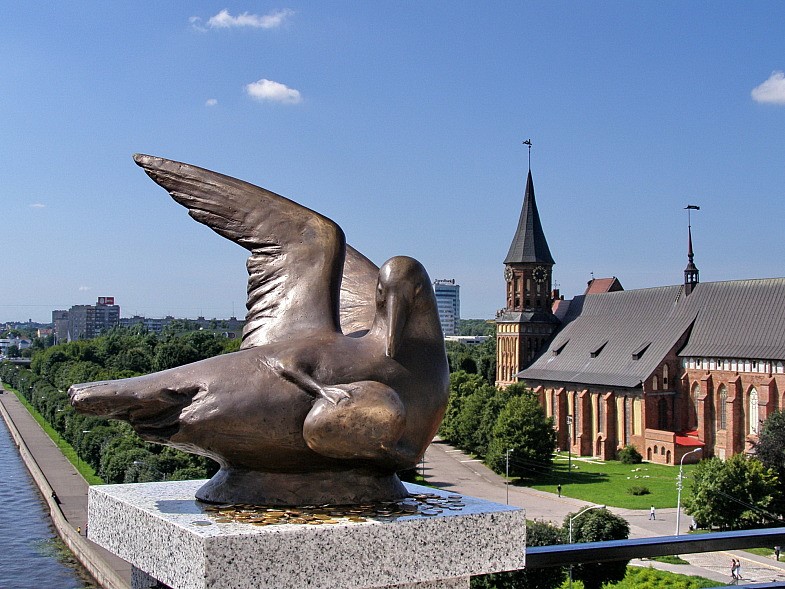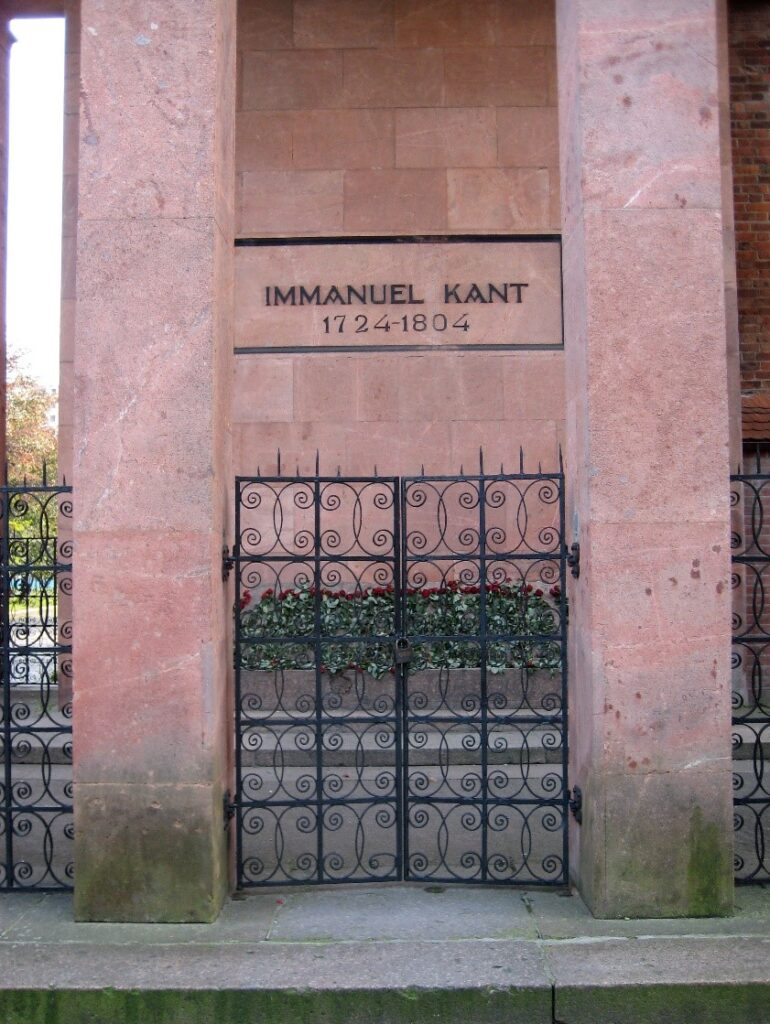
Immanuel Kant was a great philosopher and one of the founders of the modern philosophy. His ideas influenced the creation of the United States.
Below is an excerpt from a biography of Immanuel Kant included with our books.
| Title | Published |
|---|---|
| Critique of Pure Reason | 1781 |
| Metaphysics of Morals | 1797 |
Immanuel Kant was born in Königsberg, Prussia on April 22, 1724. Young Kant was an unspectacular student. He was brought up in a family environment with a religious devotion and humility and his education was focused on Latin, mathematics, and science. Despite maintaining a belief in God, Kant was skeptical of religion in his life.
Kant lived a very strict and predictable life that neighbors would set their clocks by his daily walks. He was usually regarded as a good teacher and a successful author. He worked as a tutor in Veselovka, Russia between 1750 and 1754 and in Elbląg, Poland before writing his major philosophical works. Kant never married and never traveled more than 100 km from Königsberg in his entire life.

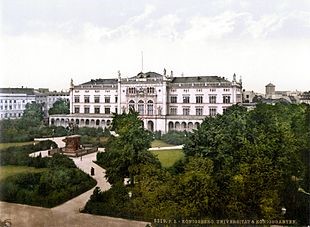
Kant first attended the Collegium Fridericianum. In 1740 at the age of 16, he enrolled at the University of Königsberg to study the philosophy of Gottfried Leibniz and Christian Wolff under Martin Knutzen. Marin Knutzen was a rationalist who was also familiar with developments in British philosophy and science and he introduced Kant to the new mathematical physics of Isaac Newton.
Kant published his first philosophical work, Thoughts on the True Estimation of Living Forces at the age of 22 in 1747.
Kant was also known for his work of an important astronomical discovery about the nature of Earth’s rotation, for which he won the Berlin Academy Prize in 1754.
Kant published General History of Nature and Theory of the Heavens in 1755 and he laid out the Nebular hypothesis to explain the order of the solar system, which Isaac Newton had explained as imposed from the beginning by God.
Kant also correctly deduced that the Milky Way was a large disk of stars and these postulations opened new horizons for astronomy. He first extended astronomy beyond the solar system to galactic and extragalactic realms.
In the early 1760s, Kant wrote a series of important works including: 1) The False Subtlety of the Four Syllogistic Figures, 2) Attempt to Introduce the Concept of Negative Magnitudes into Philosophy, and 3) The Only Possible Argument in Support of a Demonstration of the Existence of God.
In 1764, Kant wrote: 1) Observations on the Feeling of the Beautiful and 2) Sublime and Inquiry Concerning the Distinctness of the Principles of Natural Theology and Morality.
At age 45 in 1770, Kant was finally appointed as the Professor of Logic and Metaphysics at the University of Königsberg. Kant wrote his inaugural dissertation in defense of this appointment.

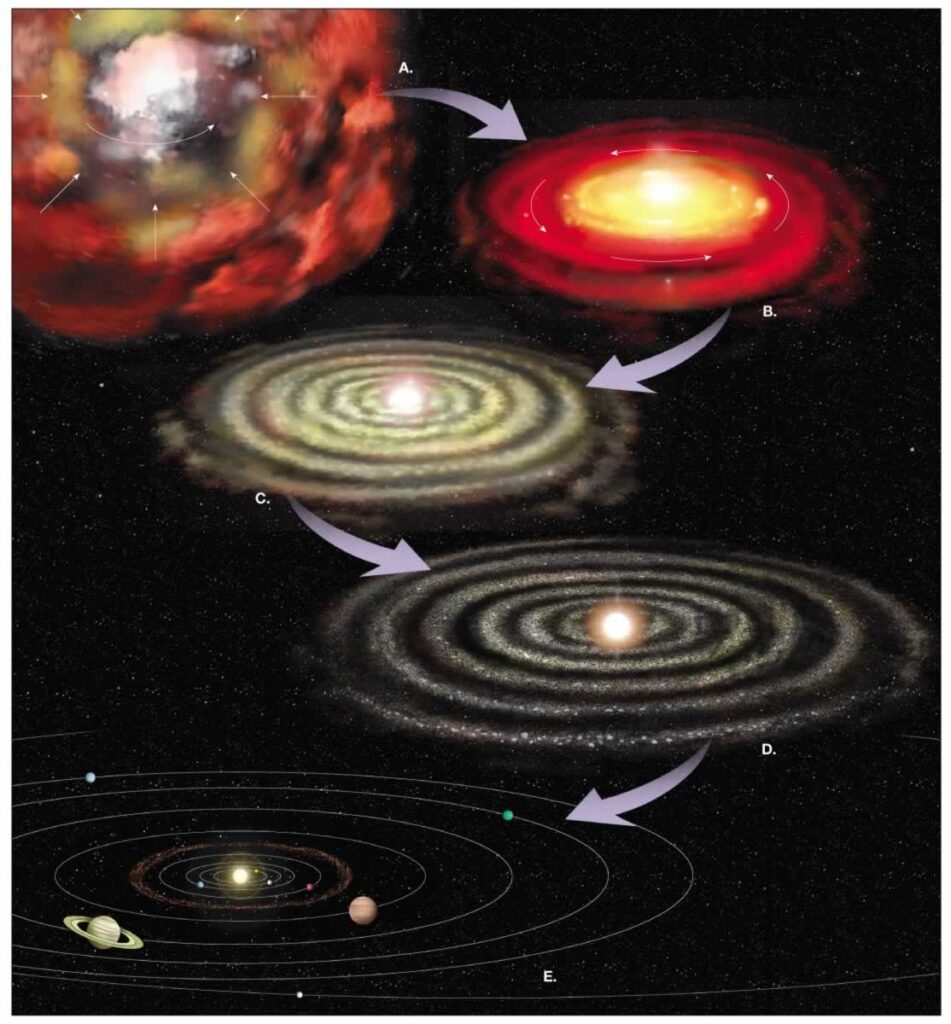
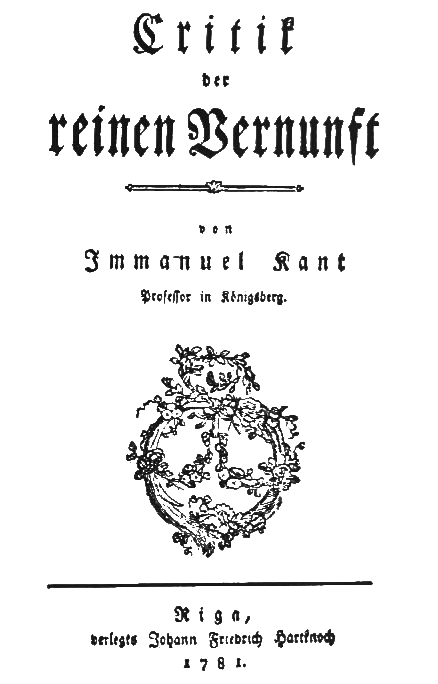
At age 46 in 1771, Kant was a famous and influential scholar and philosopher. However, Kant admitted that he had failed to account for the relation between our sensible and intellectual faculties. He also credited David Hume with awakening him from “dogmatic slumber”. Kant felt that reason could remove this skepticism, and he dedicated himself to solving these problems for the next 11 years without publishing any work in philosophy.
When Kant emerged from his silence of 11 years in 1781, the delivered result was the Critique of Pure Reason. Although now recognized as one of the greatest works in the history of philosophy, the book was almost ignored upon its initial publication.
Christian Garve and Johann Georg Heinrich Feder rejected Kant’s position that space and time possessed a form which could be analyzed.
Kant published Observations on the Feeling of the Beautiful and Sublime in 1764.
Kant was disappointed with the first Critique’s reception. In 1783, recognizing the need to clarify the original book, Kant wrote the Prolegomena to any Future Metaphysics as a summary of its main views.
Kant’s friend Johann Friedrich Schultz published Erläuterungen ūber des Herrn Professor Kant Critik der reinen Vernunft in 1784 to give a very accurate commentary on Kant’s Critique of Pure Reason.
In the latter portion of the 1780s, Kant published a series of important works including: 1) Answer to the Question: What is Enlightenment?, 2) Groundwork of the Metaphysics of Morals, and 3) Metaphysical Foundations of Natural Science.
In 1786, Karl Leonhard Reinhold published his letters on Kantian philosophy and framed Kant’s philosophy as a response to the central intellectual controversy of the time: the Pantheism Dispute, a debate about the values of the Enlightenment and the value of reason. Reinhold argued in his letters that Kant’s Critique of Pure Reason could settle this dispute by defending the authority and bounds of reason. Reinhold’s letters were widely read and made Kant the most famous philosopher of his time.
In 1787, Kant heavily revised the first parts of Critique of Pure Reason and published a second edition of the Critique of Pure Reason.
In 1788, Kant published Critique of Practical Reason to develop his moral philosophy.
In 1790, Kant published Critique of Judgment that applied the Kantian system to aesthetics and teleology.
In 1790, Kant published Metaphysics of Morals.
In 1792, Kant published the four Pieces of Religion within the Bounds of Bare Reason as a book, routing it through the philosophy department at the University of Jena to avoid the need for theological censorship. Kant then published his response to the King’s reprimand and explained himself, in the preface of The Conflict of the Faculties.
The progressive stages of revision of Kant’s teachings marked the emergence of German Idealism. Kant opposed these developments and publicly denounced Johann Gottlieb Fichte in an open letter in 1799. It was one of his final acts expounding a stance on philosophical questions.
In 1800, Gottlob Benjamin Jäsche, a Kant’s student under his request, published a manual of logic for teachers called Logik. The Logik has been considered of fundamental importance to Kant’s philosophy, and the understanding of it. The great 19th-century logician Charles Sanders Peirce remarked Logik as “Kant’s whole philosophy turns upon his logic.” Modern logicians Robert Schirokauer Hartman and Wolfgang Schwarz remarked the Logik as “Its importance lies not only in its significance for the Critique of Pure Reason, the second part of which is a restatement of fundamental tenets of the Logic, but in its position within the whole of Kant’s work.”
Finally, Kant wrote discussions of his theory of virtue in terms of independence which he believed that was “a viable modern alternative to more familiar Greek views about virtue”. The discussions caused the dispute that “the self-mastery constitutive of virtue is ultimately mastery over our tendency of will to give priority to appetite or emotion unregulated by duty, it does not require extirpating, suppressing, or silencing sensibility in general”. The written discussions produced important influence on the modern enterprise management theory for self-managed and controlled organizations that are practicing in many high tech companies in the United States today.
Kant’s health was long poor and worsened. Before Kant died he told his friends “Es ist gut” (“Life is good”). His unfinished final work was published as Opus Postumum. He died at Königsberg on February 12, 1804.
Kant’s ideas influenced many thinkers on the planet during his lifetime and after his time, and he pushed philosophy beyond the level of debate between the rationalists and empiricists. Kant is seen as a key figure in the history and development of philosophy.
